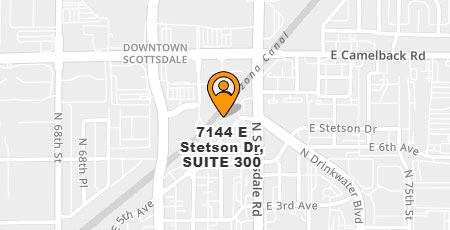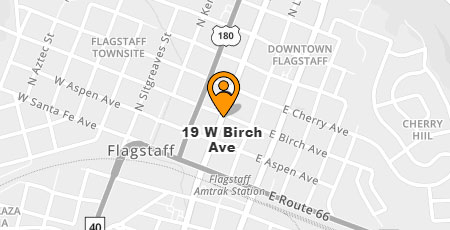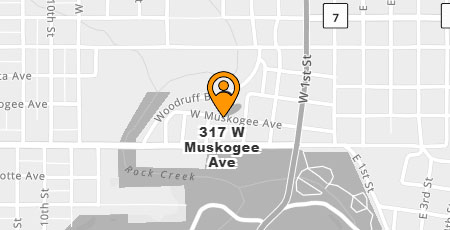
Wharton University of Pennsylvania
Wharton University of Pennsylvania
The $1.5 trillion Tax Cuts and Jobs Act, signed into law in December 2017, was the subject of heated debate about who mainly benefited from the tax overhaul. But buried in the plan was a provision that The New York Times called “the first new substantial federal attempt to aid [struggling] communities in more than a decade.”
The Tax Act created so-called “opportunity zones” meant to stimulate investment in low-income communities. Each state would designate what areas these zones would include. Venture capitalists and real estate developers who place at least 90% of their investment into an opportunity zone can see lower or even no taxes on capital gains depending on how long they stay.
More than 8,700 areas across the nation have been designated as opportunity zones, according to Forbes, and estimates put the number of residents impacted at 35 million. But will this provision truly revive the deep malaise in some of these towns?
“Since the Great Recession, the majority of communities across the country have not experienced job growth, investment, and economic stimulation at pace with other, more prosperous, communities. Opportunity Zones offer a chance to close that gap by incentivizing long-term capital investment in traditionally underserved areas across the country.”





